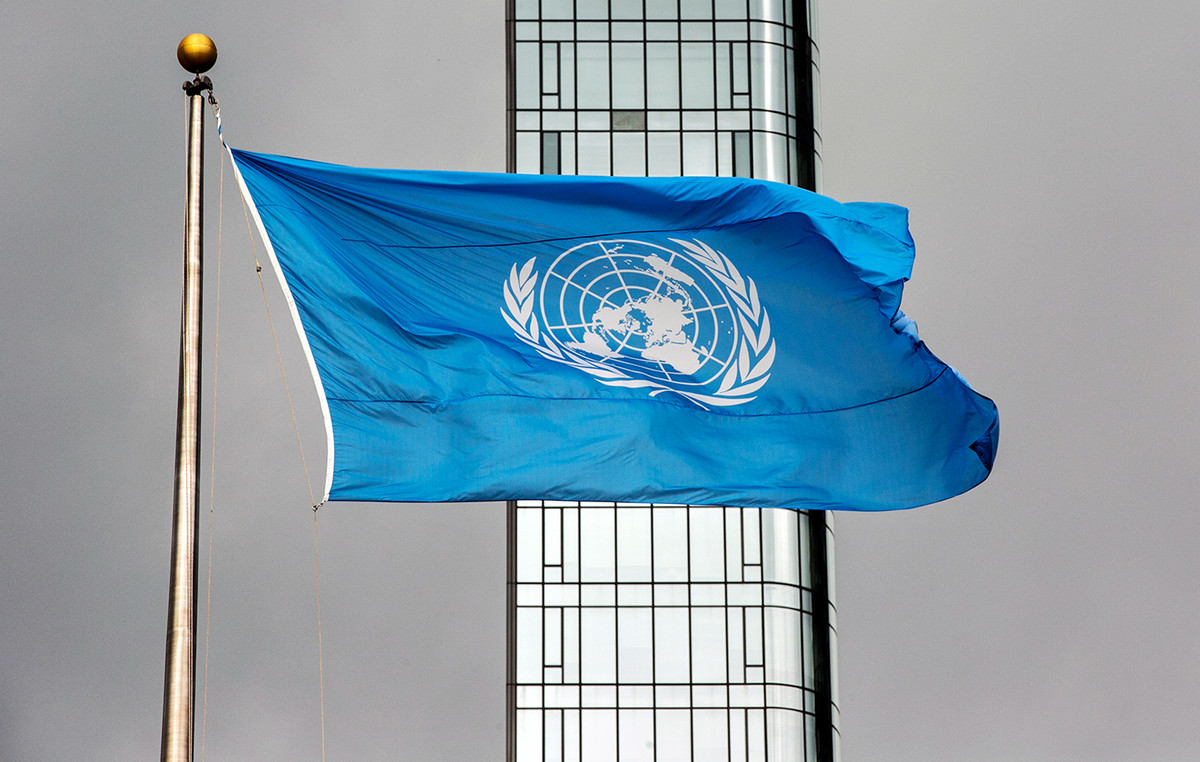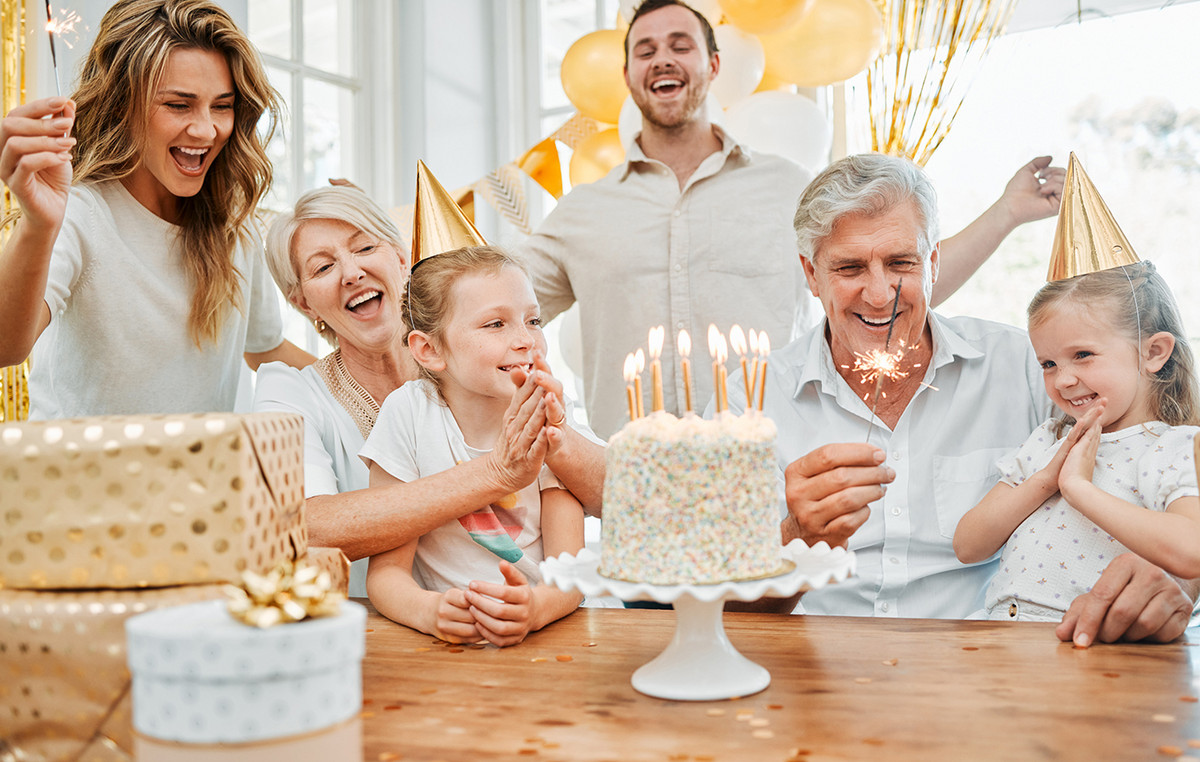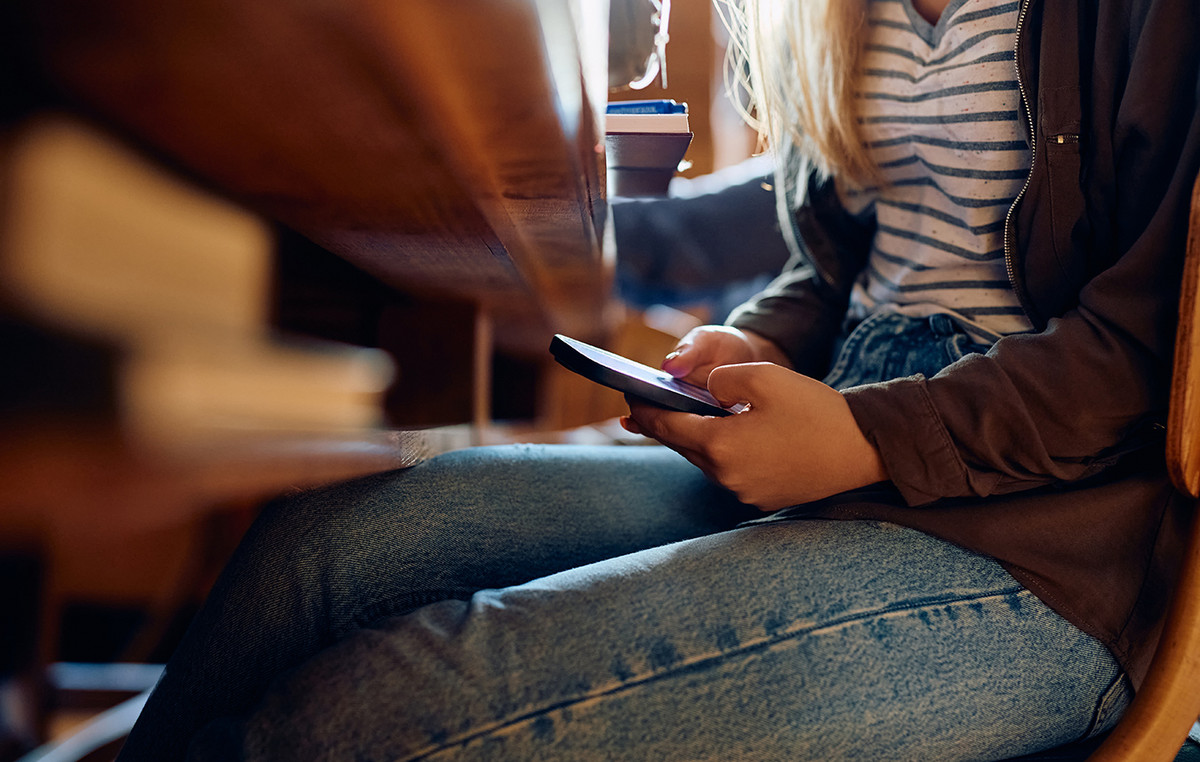Religious acts during the coronation of King Charles III in the United Kingdom include the anointing of the monarch with holy oil and receiving symbols such as an orb, ring and scepters, in addition, of course, to the crown. The rites will be led by the Archbishop of Canterbury, Justin Welby, head of the Anglican Church, the official church of England.
The ceremonies will extend throughout the weekend. However, the coronation itself is scheduled for Saturday (6). Charles III will be crowned alongside his wife, Queen Consort Camilla.
After the so-called “King’s Procession”, which will take Charles III and Camilla from Buckingham Palace to Westminster Abbey in one of the royal family’s carriages. The coronation religious service is expected to start at around 7am Brasilia time (11am London time) and the ceremony is expected to last approximately two hours.
The customs of the event are practically the same as the last 1,000 years. The four central elements of the ceremony are: recognition, oath, anointing, investiture, coronation, and homage.
Recognition is the moment when the monarch stays in the Abbey theater and introduces himself to the people. Afterwards, the king takes the coronation oath – a vow that he will rule according to law, exercise justice with mercy and uphold the Church of England.
Then, the monarch is anointed on the hands, chest and head with holy oil by the archbishop. This moment is considered the most sacred part of the service, and was not televised during the 1953 coronation of Queen Elizabeth II.
For Charles III’s ceremony, a three-sided screen was provided to ensure “absolute privacy” in this part of the ceremony.
Archbishop Welby explained that the moment is “a symbol of being commissioned by the people for a special task for which God’s help is needed.” And he added: “It is a time when the King is set apart for service: service to the people of this country and service to God.”

The next part is the investiture, when the monarch puts on the sacred coronation vestments, which this year will be the same red and purple robes used in the ceremony that crowned King George VI in 1937.
Then, the king will be presented with the Crown Jewels, which symbolize the responsibilities of the monarchy: such as the orb, the coronation ring, two scepters and other symbols.
At the end of the ceremony, the Crown of Saint Edward is placed on top of the monarch’s head: the actual coronation. And then the princes and nobles go to the king to pay their respects.

The Royal Family and Archbishop of Canterbury Justin Welby signaled that they intend to include new elements in the ceremony, “which reflect the theme of serving others, as well as recognizing and celebrating the contribution of diverse communities to our nation today.”
For the first time, for example, members of other faiths will play an active role during the service.
In addition, the ceremony will include other languages associated with the British Isles – a prayer and anthem in Welsh, Scottish Gaelic and Irish Gaelic – as well as the participation of female bishops.
*Published by Fernanda Pinotti, with information from CNN
Source: CNN Brasil
Bruce Belcher is a seasoned author with over 5 years of experience in world news. He writes for online news websites and provides in-depth analysis on the world stock market. Bruce is known for his insightful perspectives and commitment to keeping the public informed.







